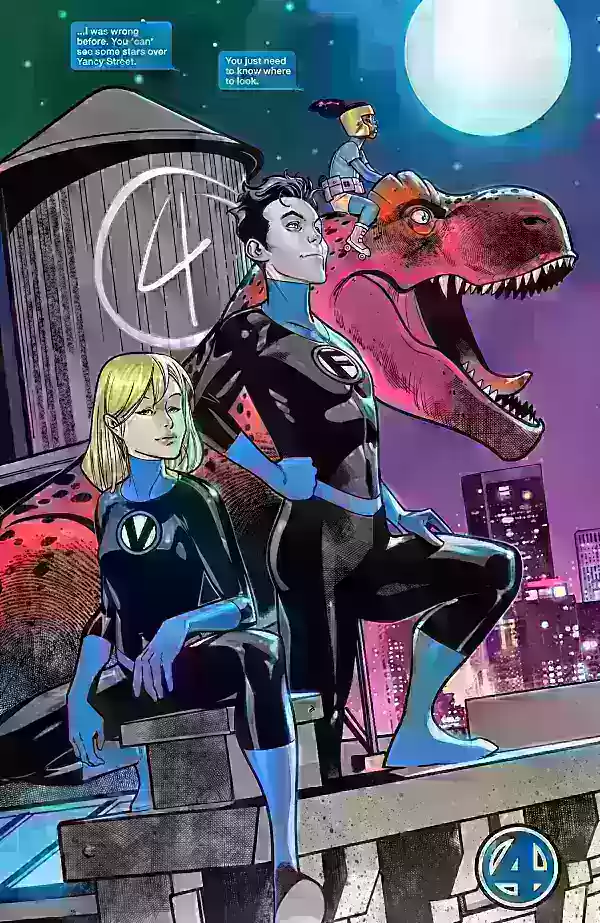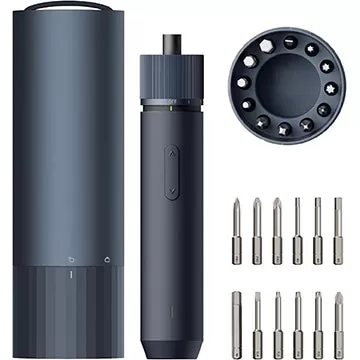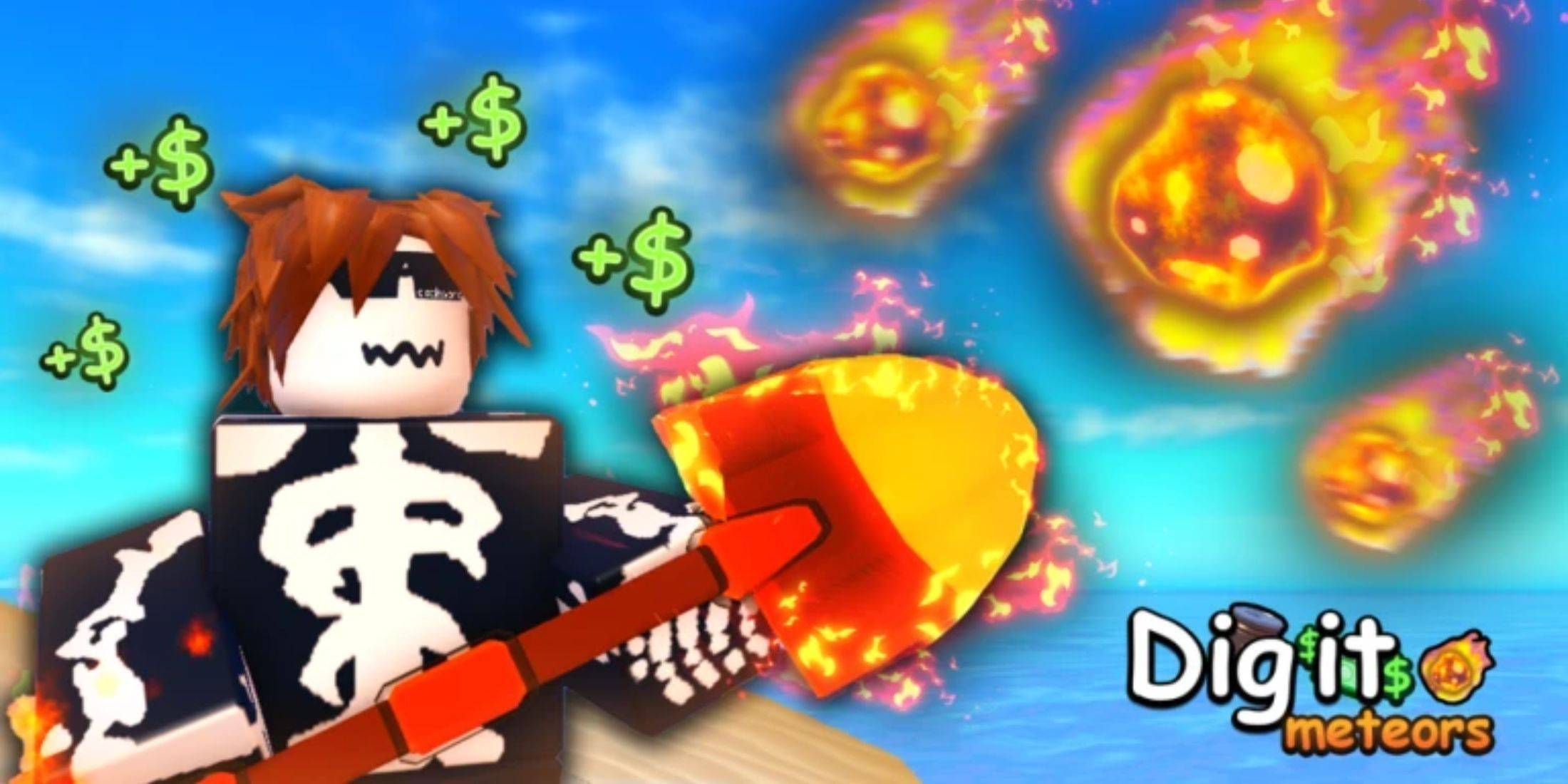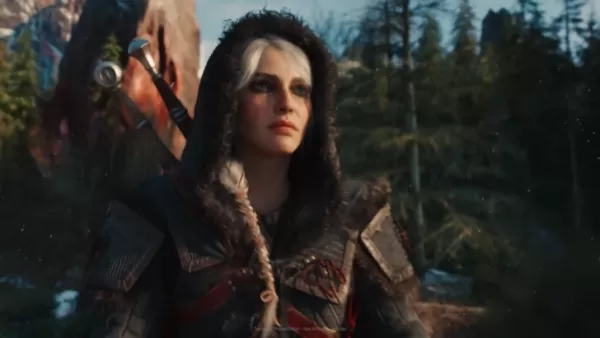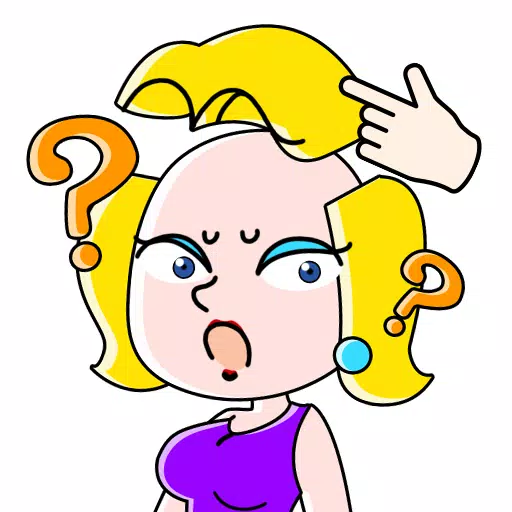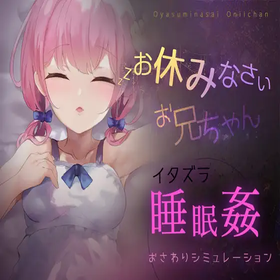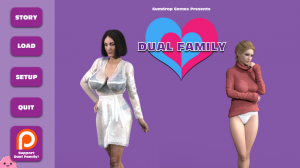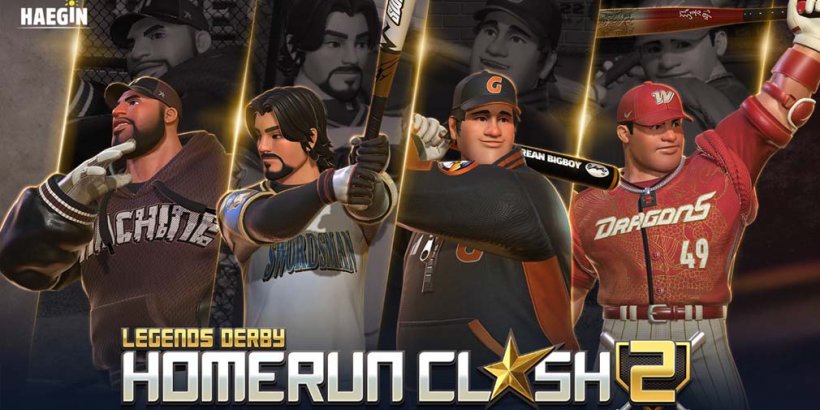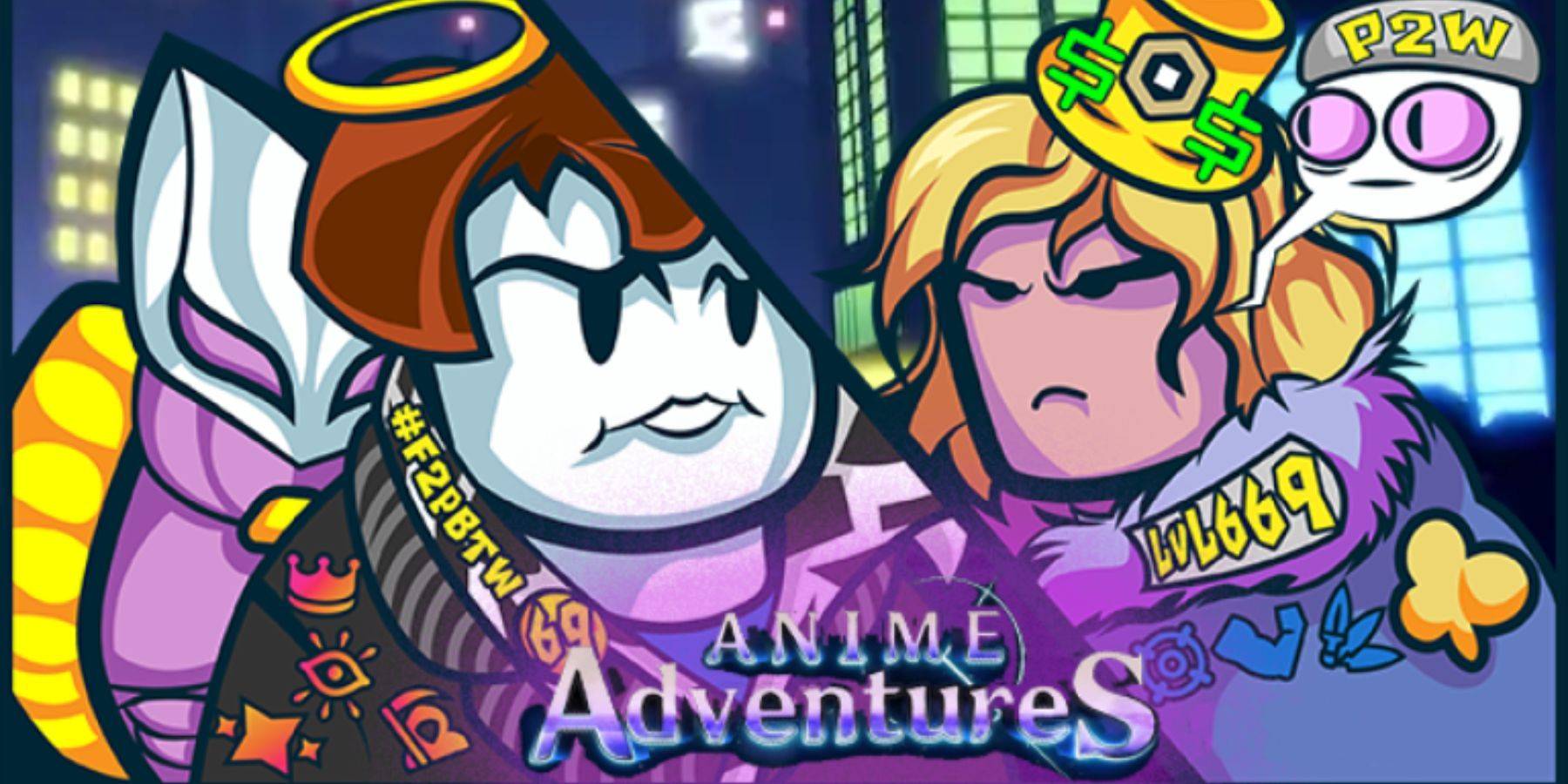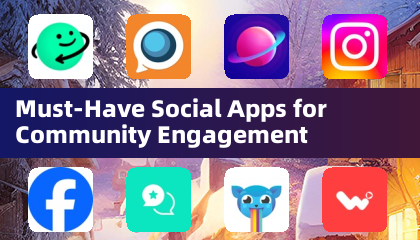\"Angry Kirby\" Explained by Former Nintendo Employees
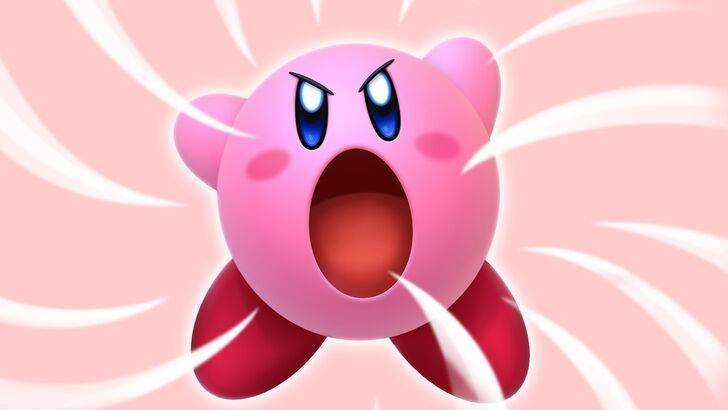
Former Nintendo employees have shed light on the differences in Kirby's appearance between the U.S. and Japan, offering insights into the company's localization strategies. Dive into this article to understand how Kirby was tailored for Western audiences and Nintendo's evolving global marketing approach.
"Angry Kirby" Was Made To Appeal To Wider Audiences
Nintendo Rebranded Kirby For More Appeal In The West
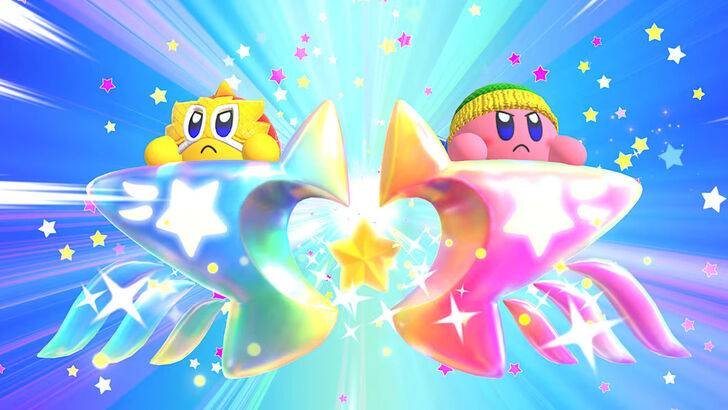
Kirby's character was given a fiercer and tougher appearance on game covers and promotional materials to better resonate with American audiences, earning the nickname "Angry Kirby" among fans. In a detailed interview with Polygon on January 16, 2025, former Nintendo Localization Director Leslie Swan elaborated on the reasoning behind altering Kirby's look for the Western market.
Swan noted that while Kirby was not intended to appear angry but rather determined, the perception of character appeal differs significantly between Japan and the U.S. "In Japan, cute and sweet characters attract a wide audience of all ages," Swan explained. "However, in the U.S., tween and teen boys are more likely to be drawn to characters that exude toughness."
Kirby: Triple Deluxe Director Shinya Kumazaki, in a 2014 GameSpot interview, reinforced this by stating that the cute version of Kirby is highly popular in Japan, whereas a "strong, tough Kirby that's really battling hard" appeals more to U.S. gamers. Yet, he pointed out that the approach varies by game, citing Kirby Super Star Ultra, where both the U.S. and Japanese versions featured a tougher-looking Kirby. Kumazaki highlighted the desire to showcase Kirby's serious side through gameplay, while acknowledging that Kirby's cuteness remains a major attraction in Japan.
Advertising Kirby As "Super Tuff Pink Puff"
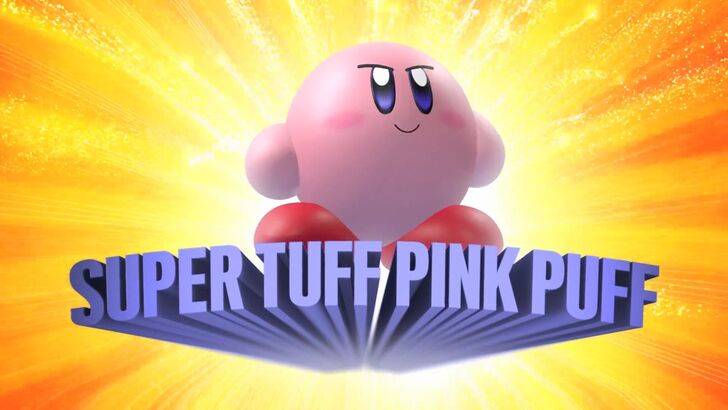
To broaden Kirby's appeal, particularly among boys, Nintendo marketed him as the "Super Tuff Pink Puff" in the 2008 Nintendo DS game, Kirby Super Star Ultra. Krysta Yang, former Public Relations Manager at Nintendo of America, revealed that Nintendo aimed to shed its image as a company primarily catering to younger audiences. "There was a time when Nintendo, and the gaming industry as a whole, sought to appear more adult and cool," Yang recalled. She added that being labeled as 'kiddie' was detrimental to a game's success.
Nintendo's marketing strategy shifted to emphasize Kirby's combat abilities and toughness, moving away from focusing solely on his personality. This trend continued with games like Kirby and the Forgotten Land in 2022, where gameplay and abilities took center stage in promotional materials. Yang observed, "There's been an ongoing effort to portray Kirby as a more versatile character, yet the perception of Kirby as cute rather than tough persists."
Nintendo’s U.S. Localization For Kirby
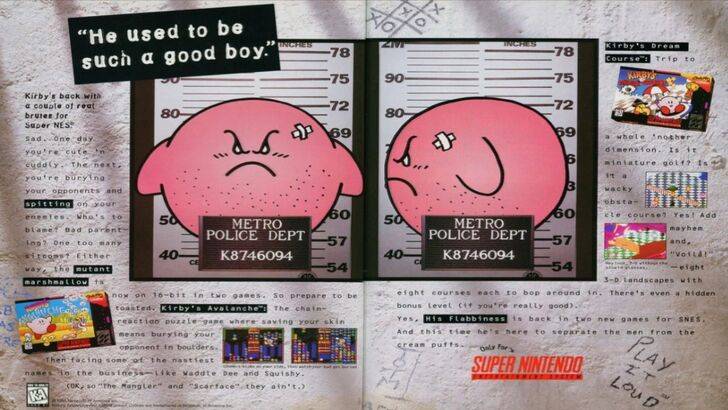
The localization of Kirby in the U.S. began to diverge from Japan as early as 1995, with a notable print ad showing Kirby in a mugshot as part of Nintendo's "Play It Loud" campaign. Over the years, Kirby's appearance on box art evolved, with titles such as Kirby: Nightmare in Dream Land (2002), Kirby Air Ride (2003), and Kirby: Squeak Squad (2006) showcasing him with sharper eyebrows and more intense expressions.
Beyond facial expressions, other changes were made to appeal to Western audiences. For instance, Kirby’s Dreamland, released on GameBoy in 1992, featured a ghostly-white Kirby on its U.S. box art, contrasting with the pink hue of the Japanese version. Due to the GameBoy's monochrome display, U.S. players did not see Kirby's iconic pink color until Kirby’s Adventure on the NES in 1993. Swan noted that this presented a challenge, saying, "A puffy pink character wasn't appealing to boys trying to be cool, which impacted sales."
This led Nintendo of America to adjust Kirby's appearance on U.S. box art to attract a broader audience. In recent times, Kirby's global advertising has seen a more consistent approach, with the character portrayed with either a serious or a gleeful expression.
Nintendo’s Global Approach
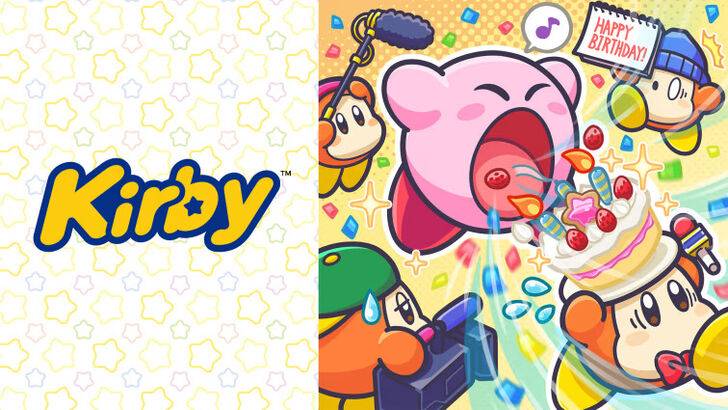
Both Swan and Yang have noted that Nintendo's approach to marketing and localization has become more globalized in recent years. Nintendo of America now collaborates closely with its Japanese counterpart to ensure more uniform marketing and localization strategies. This shift aims to avoid past discrepancies, such as the 1995 Kirby "Play It Loud" ad.
Yang discussed the implications of this global strategy, stating, "It was a strategic shift towards more global marketing, which has its pros and cons. While it ensures brand consistency across regions, it sometimes overlooks regional differences." She expressed concern that this might result in "bland, safe marketing" for some of Nintendo's products.
The trend towards less localization is seen as part of a broader globalization of the gaming industry, with Western audiences becoming more familiar with Japanese culture through various forms of media. This growing understanding of Japanese sensibilities has influenced Nintendo's approach to marketing and localization, striving for a balance that appeals to a global audience while respecting regional nuances.









